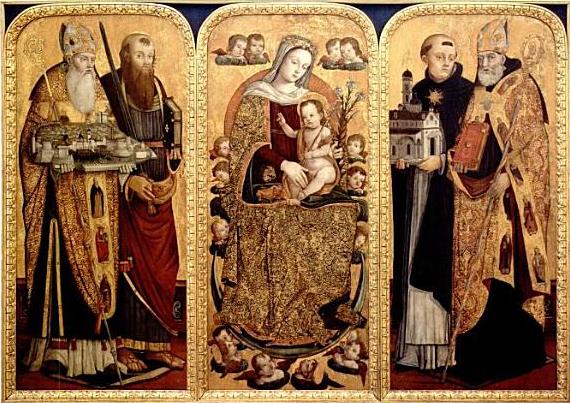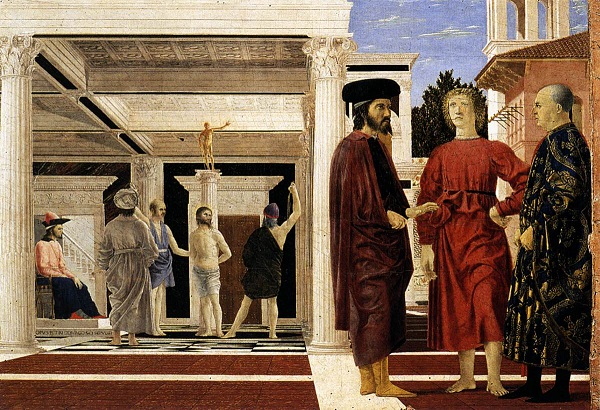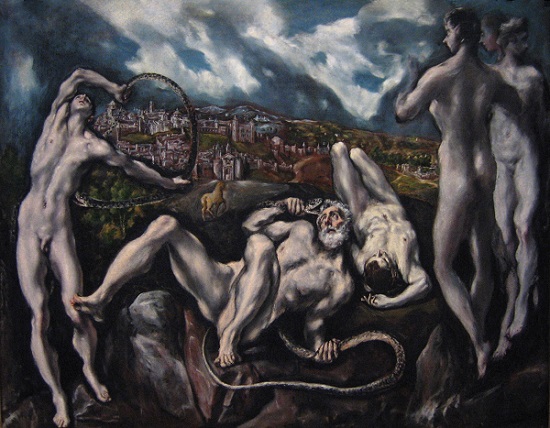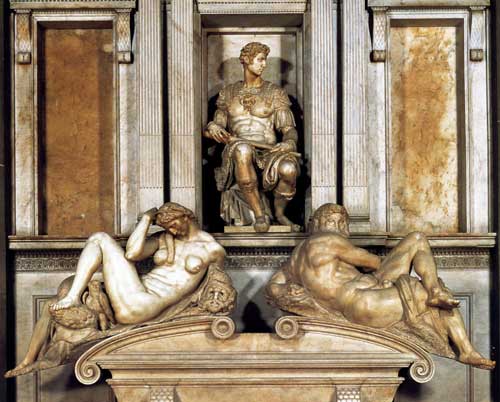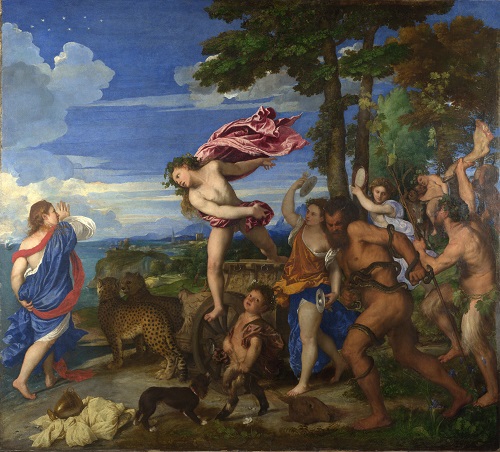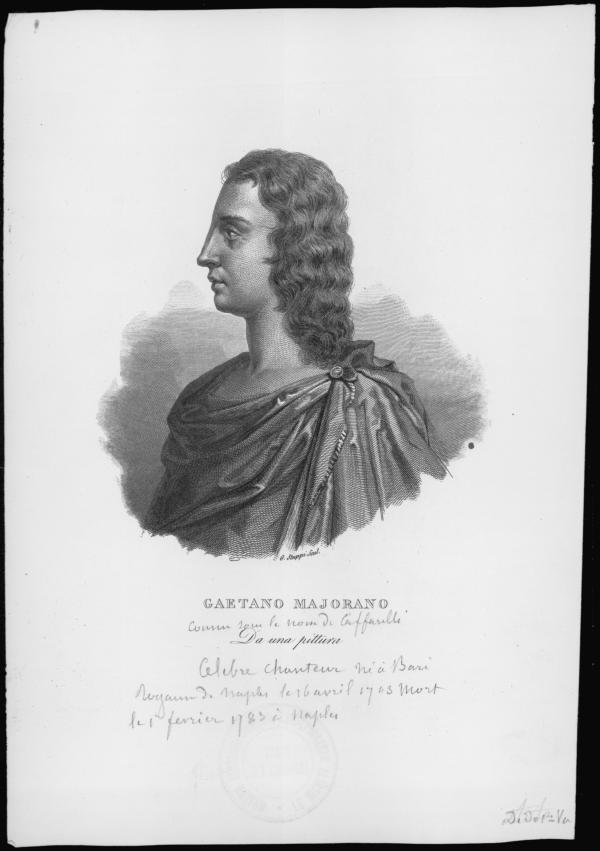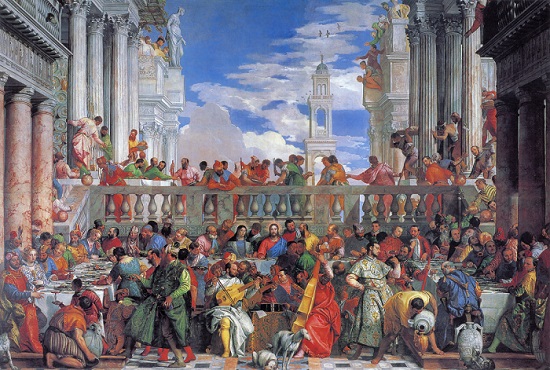
This is another painting by Paolo Veronese entitled the Marriage at Cana (1563) and it is nothing short of an extraordinary and breathtaking piece of art. Firstly, it measures 677 x 994 cm so any photographic depiction of it fails quite miserably to do it justice – it really just does have to be viewed and to do so, one must visit the Musèe du Louvre. So I should apologise for even attempting to portray and discuss it here but hopefully you will forgive me.
The painting was commissioned by the monastery of San Giorgio Maggiore in Venice and indeed hung in the refrectory for more than 200 years, until Napoleon stole it and took it to Paris.
The painting of course has its foundation in the John 2:1-11 Wedding at Cana of Galilee, where Jesus performed the first of his ‘signs’ – the turning of water into wine. Veronese has again painted a sumptuous Venetian type banquet, with Jesus central to the picture and his mother Mary sitting next to him. The banquet tables are laden with food and you can see a man pouring wine form a large water jug – symbolic of the water having been turned into wine. The patrons of this banquet are pictured eating dessert, a point which is significant as mentioned in the next paragraph.
There is so much that can be written about this painting, not the least of which is that is this painting is full of symbolism known to the Venetian society at the time, such as the importance of the carver, whose job it was to divide and distribute the food with ritualistic gesture, a performance worthy of such a banquet, and the belief by Renaissance society that one needed to consume wine with the final course of a meal to avoid indigestion and ‘an imbalance of humors’ which it was believed caused illness. The appearance then of this ‘miraculous wine’ at the final stage of the meal is indeed a significant symbol in this painting.
Recommendations in 16th century Venice were that you drank the lightest wine at the beginning of the meal and progressed through to the darkest wine at the end of the meal. There is nothing biblical to indicate that the wine at the wedding of Cana was either red or white, however, it has been suggested that Veronese based his painting on an interpretation of the Wedding at Cana given by Aretino in his Humanity of Christ (1535) in which Aretino suggests that when the wine was drawn and the head steward tasted it, he smelled a ‘bouquet of wine which was made from the grapes gathered in the vineyards of Heaven’. Aretino goes on to suggest that when a crystal glass was filled with the wine, one could have sworn ‘it was bubbling with distilled rubies’, perhaps one could say almost a reference to a sparkling shiraz??
This is an extravagant painting, expressing an extravagant meal designed to appeal to the local Venetians. It’s symbolism is profound and there is so much in the painting. I have but focussed a little on the element of wine – and I hope I have done it justice and you have enjoyed my meanderings.
Till the next Renaissance glass of wine…….



